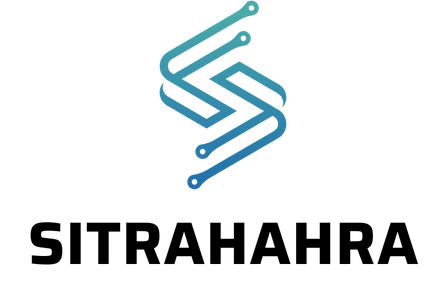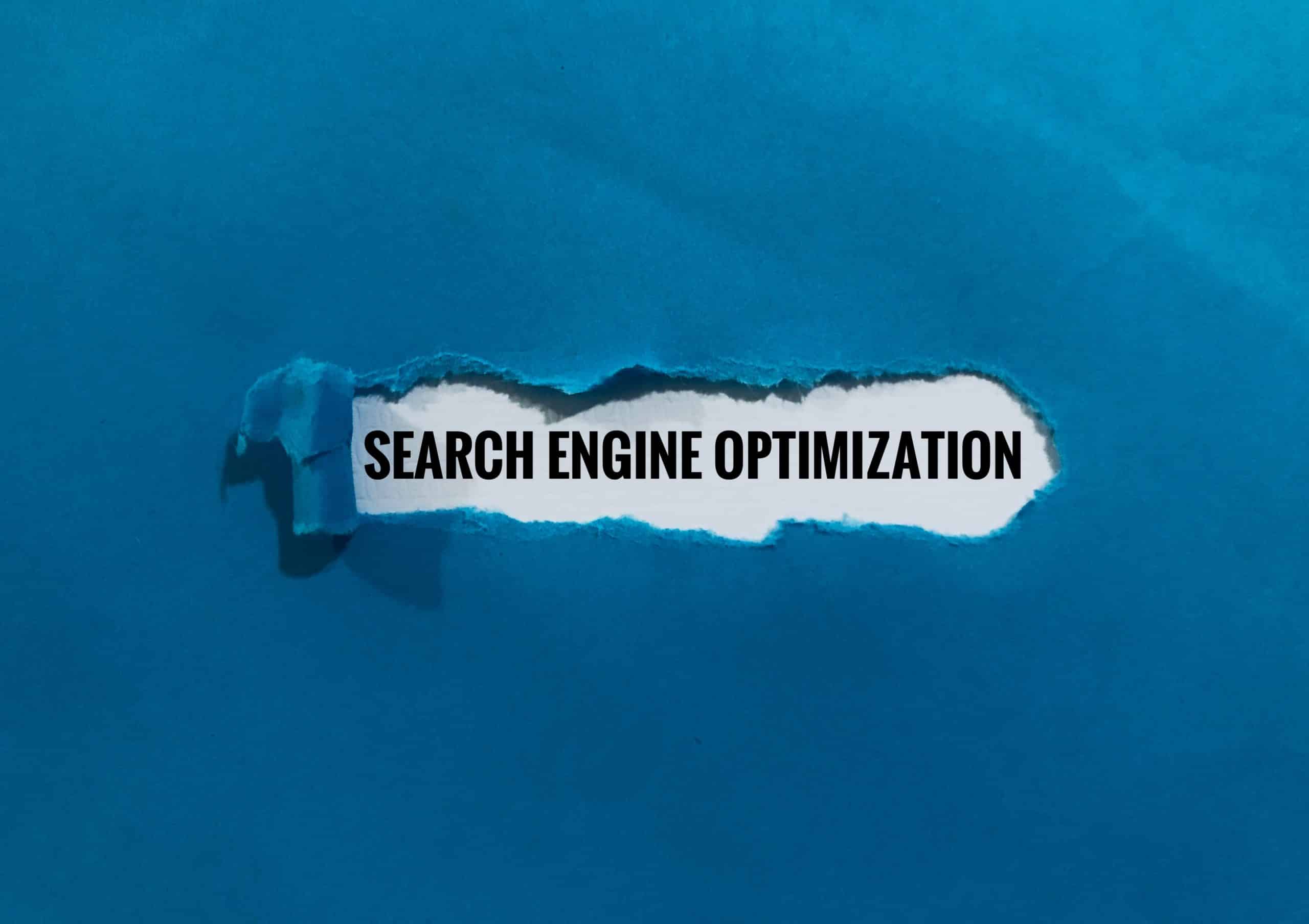In the realm of competitive swimming, the stroke rate bears a significant impact on a swimmer’s performance. It is, in essence, the speed at which a swimmer moves their arms, typically calculated in strokes per minute. It’s a critical aspect of swimming, especially in the front crawl, the fastest and most commonly used stroke in competitive swimming.
Understanding and optimizing stroke rate is a complex task, as it depends on various factors such as swimmer’s physical condition, technique, and even the type of swimming event. This article aims to delve into the intricate world of stroke rate, its impact on swimming performance, and how it can be optimized through research analysis, training techniques, and real-time data analysis.
Also to see : What Drills Can Improve Split-Second Decision Making in Basketball Point Guards?
The Importance and Analysis of Stroke Rate in Competitive Swimming
Stroke rate is not just about swimming faster; it’s about swimming smarter. A high stroke rate doesn’t always equate to speed, as it could lead to early fatigue and inefficient energy consumption. Conversely, a low stroke rate could mean that the swimmer isn’t fully utilizing their potential. Hence, determining the optimal stroke rate is crucial for maximizing performance.
An effective way to analyze stroke rate is by studying the relationship between stroke rate and swimming velocity. A study published on PubMed investigated this relationship in front crawl swimmers. The scholars analyzed race data of elite swimmers to determine the ideal stroke rate that would yield the maximum velocity. The results showed that there is an optimal stroke rate range where the swimmer can achieve the highest velocity without compromising energy efficiency.
Also to see : What Are the Safest Weight-Cutting Strategies for MMA Fighters Close to Bout Day?
The Role of Arm Propulsion in Stroke Rate
Understanding the mechanics of the arm movement during a stroke is vital to optimizing the stroke rate. In the front crawl, the arm propulsive force plays a major role in determining the speed and efficiency of the swim.
Swimmers’ arms serve two primary functions: propulsion and lift. The propulsive phase is when the arm is in the water, applying force to move the swimmer forward. The lift phase is when the arm is out of the water, preparing for the next stroke. The balance between these two phases is key to maintaining an optimal stroke rate.
A crossref study involving competitive swimmers was conducted to understand the correlation between arm propulsion and stroke rate. The study found that maximizing the propulsive phase while minimizing the lift phase could lead to an efficient stroke rate. It also concluded that specific training focusing on arm propulsion could help swimmers optimize their stroke rate.
Training Techniques for Stroke Rate Optimization
Training is an integral part of stroke rate optimization. Coaches and swimmers should focus on developing a training regimen that improves stroke rate without compromising the swimmer’s endurance or technique. Some effective training techniques include tempo training, strength training, and endurance training.
Tempo training involves practicing different stroke rates to find the swimmer’s optimal rate. This can be done by using a metronome or pacing device. Strength training, on the other hand, improves the swimmer’s power and strength, which can increase the efficiency of each stroke and, therefore, the stroke rate. Endurance training helps the swimmer maintain their optimal stroke rate for longer periods, which is especially important in long-distance events.
The Use of Real-Time Data in Stroke Rate Analysis
In this digital age, real-time data analysis has become a crucial part of sports training and performance optimization. In swimming, data can provide insights into a swimmer’s performance, technique, and even their stroke rate.
Using sensors and other technical equipment, coaches can monitor a swimmer’s stroke rate during training or competition. This data can then be analyzed to identify patterns, trends, or room for improvement. For instance, by looking at stroke rate data, a coach might notice that a swimmer’s rate drops significantly towards the end of a race, indicating fatigue or inefficiency.
Real-time data analysis is a powerful tool for identifying a swimmer’s strengths and weaknesses. With this information, coaches can tailor training programs to address these areas and ultimately optimize the swimmer’s stroke rate.
Optimizing stroke rate in competitive swimming is not a one-size-fits-all process. It requires careful analysis, targeted training, and continuous monitoring. However, by understanding the importance of stroke rate, the role of arm propulsion, effective training techniques, and the power of real-time data, coaches and swimmers can take a significant step towards achieving their performance goals.
Influence of Stroke Length on Stroke Rate
The intricate dance of swimming is not solely determined by stroke rate alone. Stroke length, the distance covered per stroke, also plays a vital role in determining the efficiency of a swimmer. A balance between stroke rate and stroke length is necessary to optimize a swimmer’s performance.
Stroke length is measured from the point where the hand enters the water at the start of the stroke cycle to the point where it finishes the pull-through underwater. A longer stroke length means fewer strokes are needed to complete a lap, which can help conserve energy. However, too long a stroke can lead to unnecessary strain and fatigue.
A google scholar research paper highlighted the interplay between stroke rate and stroke length in front crawl swimming. The study found that elite swimmers tend to have both a high stroke rate and a long stroke length, allowing them to maintain high swimming velocity. The paper suggested that swimmers should focus on maximizing their stroke length without compromising their stroke rate.
Swimmers can improve their stroke length through targeted training drills that focus on extending the arm reach and enhancing the pull-through underwater. Coaches can also utilize real-time data to monitor and adjust the swimmer’s stroke length during training or competition.
Relationship between Heart Rate and Stroke Rate
A key physiological factor that influences stroke rate is the heart rate. In essence, heart rate is a measure of the body’s workload and can significantly impact stroke rate and overall swimming performance.
A swimmer’s heart rate increases as the intensity of the swim increases. This is because more oxygen is needed by the muscles during intense swimming, which requires the heart to pump blood faster. A study available on pubmed google examined the relationship between heart rate and stroke rate in competitive swimming. The findings revealed that swimmers with a higher stroke rate also had a higher heart rate.
Understanding the correlation between heart rate and stroke rate can inform training strategies. Swimmers can, for instance, control their stroke rate by monitoring their heart rate during swimming sessions. Training at different heart rate zones can also help swimmers improve their cardiovascular fitness and endurance, which could ultimately contribute to a more efficient stroke rate.
Conclusion
Optimizing stroke rate in competitive swimming requires a multi-faceted approach that considers various factors ranging from biomechanics to physiology. Understanding the dynamics of arm stroke, the balance between stroke length and stroke rate, and the correlation between heart rate and stroke rate, can provide valuable insights for performance improvement.
Training techniques like tempo training, strength training, and endurance training can enhance the swimmer’s physical capabilities, while real-time data analysis offers a scientific approach to monitor and adjust stroke rate.
The path to stroke rate optimization is a continuous journey of learning, training, and adapting. Each swimmer’s optimal stroke rate is unique to their body mechanics, swimming style, and event type. Therefore, swimmers and coaches should work in tandem to explore and identify the optimal stroke rate to maximize swimming performance. In the end, the objective is to swim not just faster, but smarter, using each swim stroke efficiently and effectively.






